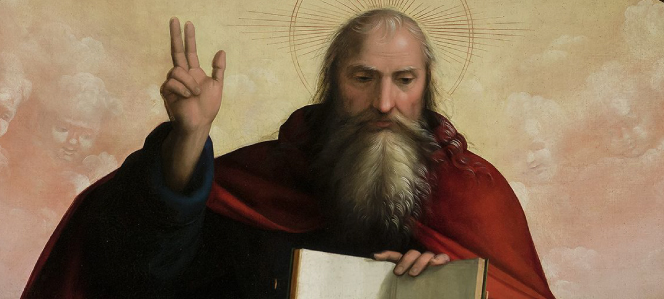In writing God Is Not Nice, Dr. Ulrich Lehner is today’s Boniface. Like the great missionary, he has cut down an idol dear to many people. During Boniface’s time, it was the sacred tree. For us, it’s the Nice God. Based on many conversations with high school religion teachers, the Nice God is most students’ notion of God. I don’t blame the students because this is what we have been handing onto them. It is time for an accounting. In order to mend this problem, I have resolved to immerse my students in Scripture so as to help them encounter the mysterious God who is so much more than our weak substitute. Dr. Lehner’s God Is Not Nice has really helped me in this pursuit because throughout its pages, he keenly diagnoses the problem and proposes a rediscovery of “the adventure of faith.” It is a book every religion teacher should read and incorporate into their curriculum.
The mission of Catholic education is to educate its students into Christ. Unfortunately, many Catholic schools have been failing at this, specifically in regards to religion class. Instead of working against the idol we have constructed, religious education often perpetuates it. While we have the Bible and the writings and witness of the saints and the Church Fathers, we substitute this great treasure with textbooks lacking in spirit. I teach juniors and seniors, and many of the books on offer are boring and distant, making Catholicism lifeless and dry. The students, rightly, are bored. They want something more, something that will challenge them to become saints. That is, they want to think and live deeply in Christ. While most of the students don’t readily admit it, they are fascinated by God, and the intimate God of the Bible captivates and scares them.
Dr. Lehner’s God Is Not Nice is such a gift. First of all, the author can be trusted. He is not a faithless academic; he is on fire for Christ, and, boy, does he share that in his book. When I first heard of the book, I was intrigued because it seemed to be addressing an error that I had found prevalent amongst faculty and students within Catholic schools. So, I went to the local bookstore to give it a glance, not sure if I wanted to buy it. However, after reading a couple of pages, I was hooked. It is not only informative, but personal and constructive. His desire to grow in the faith and share that with his students resonated with me the most. In the introduction of the book, he says:
“Usually I walk by the chapel [St. Joan of Arc Chapel at Marquette University] and pray, ‘Holy Spirit, help me guide my students.’ One day, as I pondered the life of the great saint [Joan of Arc], I realized I had been conventional about my faith, especially with my students. I had held back my passion for God in the classroom, and I hadn’t given my students fuel for their own walk with Christ by inviting them into the mystery of faith. My own faith was drowning in the conventional, the boring, and the unadventurous.
The revelation washed over me, and I felt the burning fire the saints often tell us about: God’s love and insight that devours but doesn’t destroy.”
Then Dr. Lehner tells us about an episode he remembered from his high school days when he served Mass for an old, retired German priest who was a military chaplain in World War II, serving dying soldiers in Russia. The priest told him that on the night before his ordination, he knelt in from of the tabernacle and asked God, “Lord, take all that I am, but please don’t give me a boring life.” And the priest smiled and said, “And I haven’t been bored a single second.” These are the stories students love to hear. They want to be sent on mission because they sense the truth of Matthew 10:39: “Whoever finds his life will lose it, and whoever loses his life for my sake will find it.”
Dr. Lehner ends his book with a touching reflection on St. Joseph and the adventure he took in preparing a home for the Incarnate Word. This book should appeal many young men who want to encounter the dynamic God of the Bible and be sent on adventure. The Jordan Peterson phenomenon has shown us that young men desire responsibility and adventure. What better figure to hold up to them than St. Joseph, the patron of the Church? This book is sympathetic to Bishop Barron’s missionary vision. So, I encourage all who share that vision to purchase Dr. Lehner’s God Is Not Nice; but, beware, he will knock down the Nice God.
